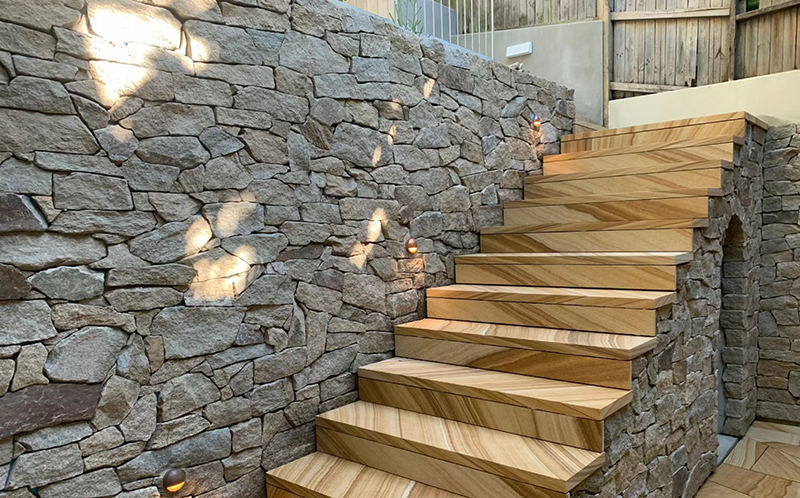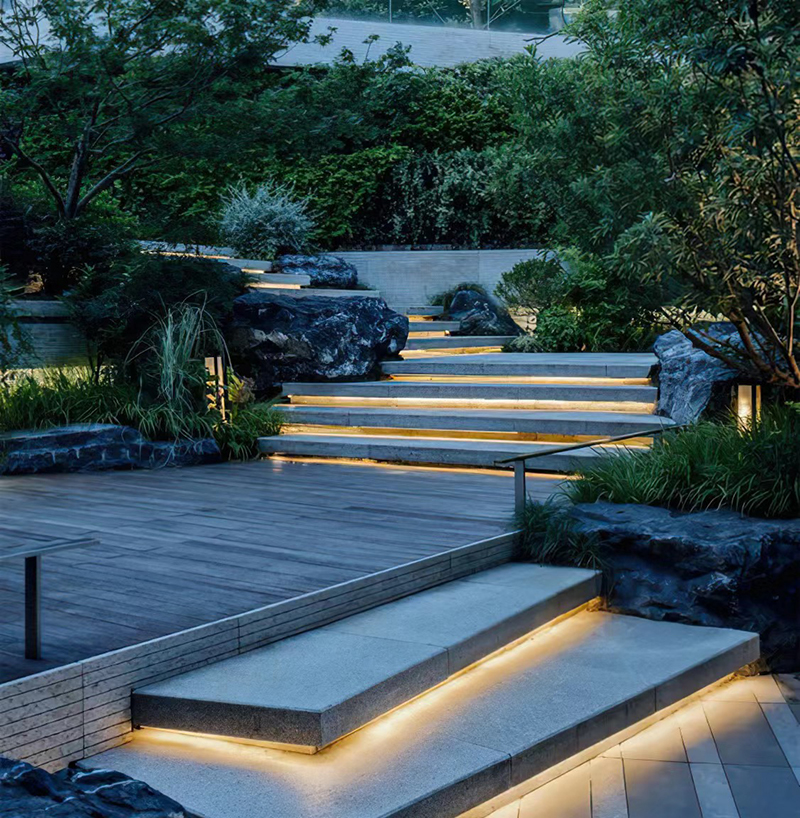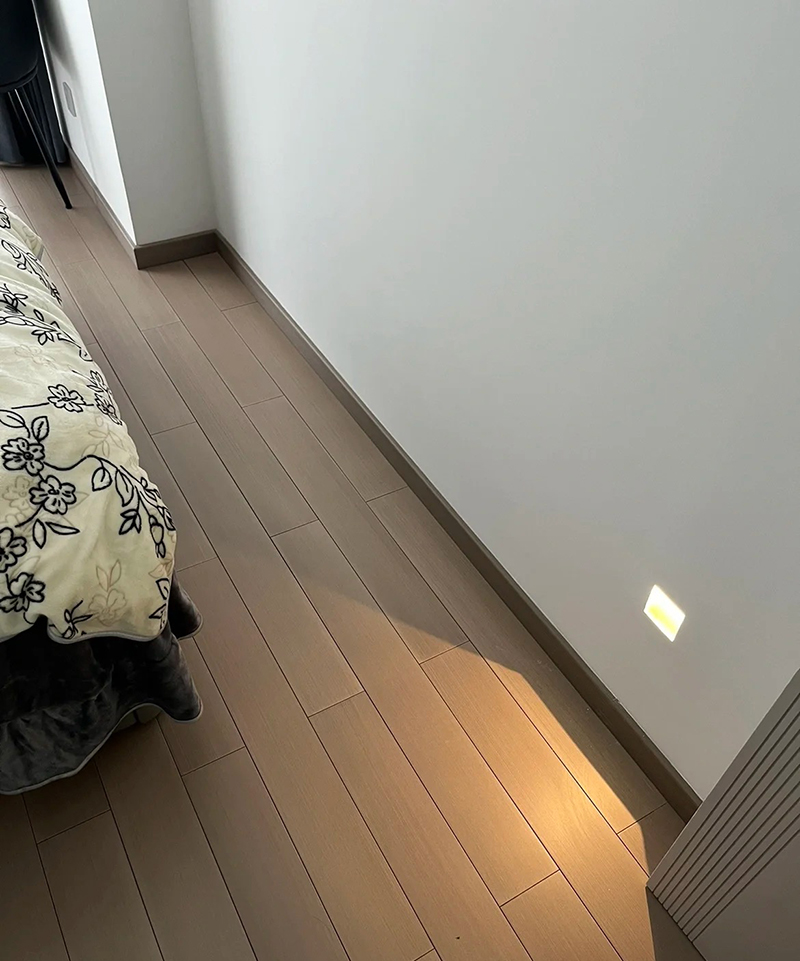Stair lighting not only enhances the aesthetic appeal of a space but is also crucial for safety. As a lighting designer with years of experience in the industry, I have seen how proper stair light installation can transform both indoor and outdoor environments. This blog post aims to clarify the standard heights for stair lights and explore the best practices for different installation locations to optimize both functionality and style.
Understanding Stair Light Placement:
The correct placement of stair lights can significantly reduce the risk of accidents while providing an inviting pathway through different levels of a building or outdoor space. The standard height for installing stair lights varies based on the type of fixture and its intended purpose, but general guidelines can help ensure effective illumination.

Optimal Heights for Different Installation Locations:
- Height: 4 to 6 inches above the step to cast enough light to illuminate the tread without causing glare.
- Advantages: Illuminates each step individually, reducing shadows that can lead to trips and falls.
- Considerations: Ensure that each light is uniformly spaced to prevent uneven lighting.
- Height: Approximately 18 inches above each step or halfway up the rise of the staircase, depending on the beam angle of the light.
- Advantages: Provides a wash of light across multiple steps, ideal for both visibility and ambiance.
- Considerations: Choose fixtures that complement the wall decor and architecture.
- Height: Directly underneath the handrail or around 30 inches from the stair tread.
- Advantages: Creates a subtle lighting effect that guides the path without overwhelming the space.
- Considerations: Installation should be hidden or integrated seamlessly with the handrail design.
- Height: Installed directly on the kickplate or around 4 inches above it.
- Advantages: Lights the step without spill-over light that can impact the aesthetic of the staircase.
- Considerations: Ideal for cinemas, theaters, or darkened environments where minimal light disruption is crucial.
- Height: Ceiling downlights should be centered between the edge of the stair tread and the riser, or strategically placed to highlight architectural features.
- Advantages: Provides overall ambient lighting, suitable for high and open staircase designs.
- Considerations: Ensure that the placement and intensity do not create excessive shadows or glare.
- Height: 6 to 8 inches above the ground or as required based on the landscape design.
- Advantages: Enhances safety for stair navigation in low-light conditions and adds to the curb appeal of the property.
- Considerations: Use weather-resistant fixtures that can withstand environmental elements.
The standard height for stair lights can vary significantly based on the installation location, purpose, and specific design requirements of the space. By adhering to the recommended heights and considerations mentioned above, designers and architects can effectively enhance the functionality and visual appeal of staircases. Remember, the goal of stair lighting is not just to illuminate but to integrate seamlessly into the overall design, ensuring both safety and style.
Recommended reading:How Many Stair Lights Do You Really Need?


Summer is the perfect time to embellish our outdoor courtyard. During warm summer nights, b...
Lighting plays a crucial role in creating a captivating ambiance and showcasing the true esse...
Take a look at the amazing Hilton hotel lighting projects. Our one-stop lighting approach ...
Are you a clothing retailer looking to enhance the ambiance and showcase your clothing line in th...
At ALPHALUCE, we take pride in delivering comprehensive lighting solutions for diverse ...
When it comes to designing a modern home, lighting is often an afterthought. However, pro...
As a lighting designer or a building lighting contractor, have you ever wondered how to crea...
As a leading lighting manufacturer, ALPHA LIGHTING offers comprehensive lighting solution...